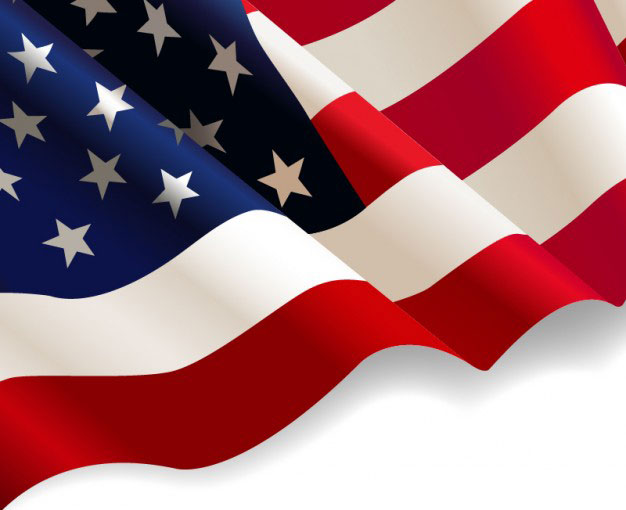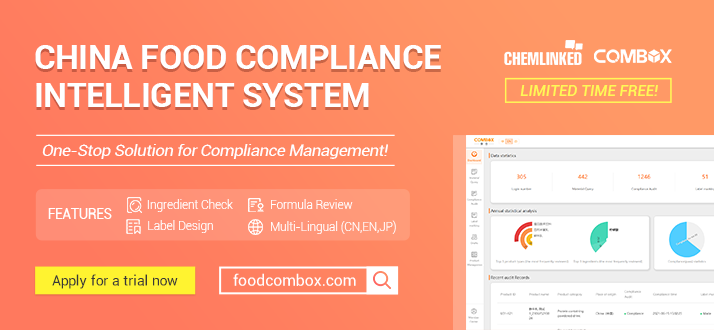2017 Top 10 events on China, Europe and US Food Contact Materials Regulations
Apart from food safety challenges, safety issues caused by food contact materials have nowadays become relatively frequent. It comes as no surprise that regulations on food contact materials have consequently become stricter in various countries. In an effort to keep track of the most relevant changes in this field, REACH24H has summarized the 10 main developments on food contact materials regulations which took place in China, Europe and US during the year of 2017.

1、Netherlands Amendment to Food Contact Materials and Products Requirements
On November 3, 2016, the Netherlands passed modified its regulations associated to packaging and consumer products under the Commodity Law to adjust technical specifications, making a list of permitted substances for food contact materials and products and SML available. The new regulation has officially been implemented as of January 1, 2017.
2、The European Commission monitors mineral oil in food and food contact materials
On January 17, 2017, the European Union released the (EU) Committee 2017/84 recommendation for all member countries to monitor joint production of hydrocarbon mineral oils in food and food contact materials and articles in 2017 and 2018. This indicates that the EU intends to carry out scientific research and monitoring work on mineral oil in the next 1-2 years. It is expected that the relevant laws and regulations will be soon promulgated.
3、EU 8th Amendment FCM Plastics Regulations (EU) 10/2011
On April 29, 2017, the EU Official Gazette issued the (EU) 2017/752 regulation amending the FCM Plastic Regulation (EU) 10/2011. Restrictions on 6 substances and heavy metal nickel were added, and obscure parts of the previous regulations were amended. The law came into force on May 19, 2017.
4、EU safety evaluation of dimethyl carbonate for food contact materials
On July 18,2017, EU Food Safety Authority organized a group of experts to comment on the safety of the substance dimethyl carbonate for food contact materials. After the expert group’s assessment, the manufacturer needs to assess dimethyl carbonate safety based on its different migration in different conditions.

5、U.S. withdraws potassium perchlorate from the use of gaskets
On May 3, 2017, the U.S. Food and Drug Administration released a revised 21CFR regulation:In light of the fact that the gasketing industry is no longer using potassium perchlorate, the FDA has repealed the use of potassium perchlorate in ferrules and deleted potassium perchlorate 177.1210 from the list of permitted substances. If an enterprise wish to continue using potassium perchlorate in food-contact ferrules, it will need to file an FCN application with the FDA.
6、California proposes to ban the use of perfluoroalkyl and polyfluoroalkyl in food contact materials and other products
California State Bill AB 958 has proposed to ban the use of perfluoroalkyl and polyfluoroalkyl materials in food contact materials and other products, requiring the DTSC to list these two categories as concerned substances.

7、Release of “Plastic Food Contact Materials Supply Chain Responsibility and Declaration of Conformity Guidelines”
On April 18, 2017, the China Food Industry Association’s Committee of Experts on Food Contact Substances (FCS) released the “Plastic Food Contact Materials Supply Chain Responsibility and Declaration of Conformity Guidelines” which defines the responsibilities and obligations of each actor on the food contact material supply chain, puts forward the content covered by the declaration of conformity, including a declaration of conformity template for the reference of relevant enterprises. These Declaration of Conformity Guidelines are relevant for manufacturers of other products besides plastic manufacturers.
8、Release of the “National Food Safety Standard Composite Food Contact Materials and Products” draft
On June 16, 2017, the China Food Industry Association Food Contact Material Committee (FCS) released the “National Food Safety Standard Composite Food Contact Materials and Products” draft. This document widens the scope of application for a variety of composite food contact materials and products and increases the basic requirements, raw materials, additives and labeling requirements.
9、”Home Appliances Food Contact Material Labeling Guidance” is released
On September 26, 2017, the China Food Industry Association’s Committee of Experts on Food Contact Materials (FCS) released the “Guidance on Labeling of Food Contact Materials for Home Appliances” and defined the provisions of GB 4806.1 concerning product information such as the minimum sales unit, minimum sales and packaging, purpose on label requirements and content on home appliances food contact materials. As a matter of fact, this guideline is considered as relevant to other food contact materials.
10、Basic food contact materials standards get the official stamp in China
On October 19, 2017, GB4806.1-2016 “General requirements for food contact materials and products safety” and GB9685-2016 “National Food Safety Standard for Uses of Additives in Food Contact Materials and Articles” were formally implemented. The two basic standards in the entire system are greatly relevant, especially GB 4806.1 clearly require food contact materials and products to pass a declaration of conformity between upstream and downstream throughout the supply chain, controlling food contact materials and products safety from the source in order to ensure food safety.




